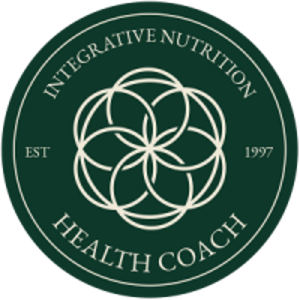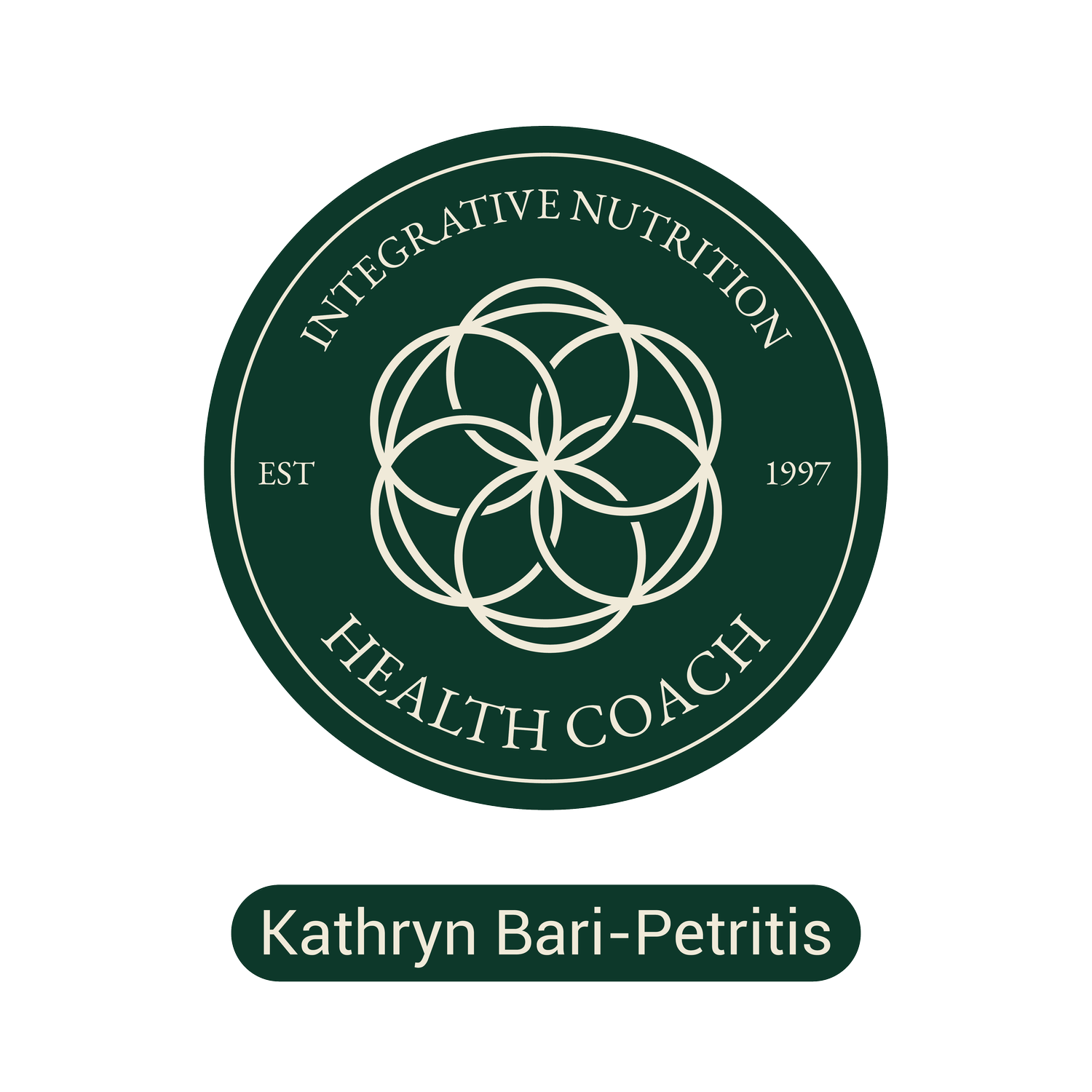Cruciferous Vegetables: A Study on Their Wonders And Powers
Cruciferous vegetables are an exceptional family of phytochemicals
Nutrient-rich vegetables are named for their cross-shaped flowers. Cruciferous veggies are touted for their powerful healing compounds that exhibit cancer-fighting activity in laboratory studies. Cruciferous vegetables include bok choy, broccoli, Brussels sprouts, all cabbages, cauliflower, kale, radishes, turnips, and watercress.
Understanding The Energetics of These Foods:
Buds
Plants produce two kinds of buds-leaf buds and flower buds. Leaf buds contain the future leaves of the plant, intricately and logarithmically folded together. They can also contain additional stems. Flower buds contain future flowers, but unlike leaf buds, the flower bud doesn’t grow new stems. Flower buds are surrounded by a set of leaves called sepals. This spiral whorl of leaves is collectively called the calyx.
Energetically, buds, both leaf, and flower- represent a plant’s ability to reflect on its past and prepare for the future. The plant of the pre-bud stage has released and unwound itself to the point where it then temporarily retracts and concentrates its energies in order to go through its final stages of reproduction.
The bud is an area of very active cell division. It represents a building of momentum, with the explosive capacity to create a complex structure different from any the plant previously experienced. The bud is a fertilized womb and contains a tremendous amount of active contained energy.
Cultivated plants whose buds are used for food include cabbages and their relatives, broccoli, and cauliflower.
Ground Level Vegetables
This group of vegetables includes a wide variety of flowering plants that exceed the varieties found in leafy and root groups. Some of these vegetables are round, some elongated, some stalked: all are found at the end of the stem and all lie very close to the ground. Some of these veggies are buds and others are the fruit of the plant.
Cabbages, hard squashes, (butternut and acorn), cauliflower, broccoli are just a few of the many examples.
Being in between leafy and root vegetables, ground-level veggies energetically have an effect on the middle organs of the human body- the stomach, pancreas, liver, gall bladder, and spleen.
Highlights of These Wonder Vegetables
Broccoli is rich in beta-carotene, Vit. C, potassium, iron, and bone-building calcium. Other cruciferâs vegetables are:
Extremely high anti-cancer activity, particularly against lung, colon, stomach, and breast cancers
Anti-viral and Anti-ulcer activity, (contains Vit. U)
An extremely useful food to help with many problems of the Lungs: such as mucus build-up, colds, allergies, sinus problems, bronchitis, and asthma. When toxins build up in the lungs- it creates tension, exhaustion, hair, and skin problems.A super source of Chromium that helps regulate insulin and blood sugar levels
Rich in Fluorine which helps protect the entire body from invasion of germs and viruses (Fluorine in food is entirely different than chemically produced sodium fluoride)
In Chinese Medicine, Cabbages moisten the intestines, benefit the stomach, improve digestion, and are used in many cultures to beautify the skin. It is also used for treating constipation, the common cold, whooping cough (cabbage soup or tea), mental depression, and irritability.
Cabbage is rich in Sulfur (destroys parasites and purifies the blood), and rich in disease-fighting antioxidants, which can regulate the female hormone Estrogen, possessing “estrogenic activity” and can nicely balance and manipulate negative hormone concentrations in the body.
New research suggests that eating more cruciferous vegetables may help curtail fibrocystic breast disease by speeding up metabolism to more quickly dispose of estrogen that aggravates breast lumps. They possess anti-stagnant properties which move energy through organ systems
More Notes:
Cabbage was revered in Ancient Rome as a Cancer Cure
Cooking and processing destroys some of the anti-oxidants and anti-estrogenic agents, such as Indoles and Glutathione
As little as two daily tablespoons of cooked cabbage protect against stomach cancer. Raw cabbage appears to have stronger overall pharmacological activityThe crucifers may give some people gas but through patience and persistence, first, identify all foods that can cause you this problem, and add a little garlic or ginger to the veggies in cooking or eating raw. Both are reputed in folk medicine to be antiflatulent
Cruciferous Vegetables-Their Role In Intestinal Health
1. Reducing Exposure To Xenobiotics
The use of Alcohol, Tobacco, Caffeine, and drugs are common lifestyle choices that contribute to Xenobiotic exposure. Large quantities of toxic chemicals are produced each year from industrial sources.
They are pollutants introduced directly into the environment, while others are released over time from products used in homes and workplaces. Foods represent the most common source of exposure to Xenobiotics.
Approximately 3,000 chemicals are used by the food industry during processing. An additional 12,000 chemicals are used in food packaging materials. The use of organically grown and processed foods is an effective means of reducing food-borne toxins.
Including the Cruciferous daily in your diet can counter-balance these toxins.
2. Normalizing Gastrointestinal Function
Deficiencies of digestive enzymes and imbalances in gastrointestinal PH are common causes of impaired digestion, contributing to the malabsorption of nutrients. Foods that are not completely digested can putrify or ferment in the intestine. Lifestyle factors also influence digestion function.
Cruciferous Vegetables strengthen and tone and fortify the Mucus lining of the intestines (this is where the blood picks up the nutrients from digested foods). These vegetables also move quickly through the intestinal tract, like a broom creating important dietary fiber.
3. Rebuilding The Intestinal Mucus Lining
The Cruciferous family is continually supporting the permeability of the intestinal tract with its super Vitamins and Phytochemicals. They are major players in the prevention of all Imbalances in the intestinal flora, which could lead to chronic diseases and infections.
REFERENCES:
Innovative Clinical Approaches to Chronic Illness, by Tyler Co.
Energetics of Food, by Steve Gagne
Food Your Miracle Medicine, by Jean Carper
Super Foods, by Prevention Magazine
Healing with Whole Foods, by Paul Pitchford


